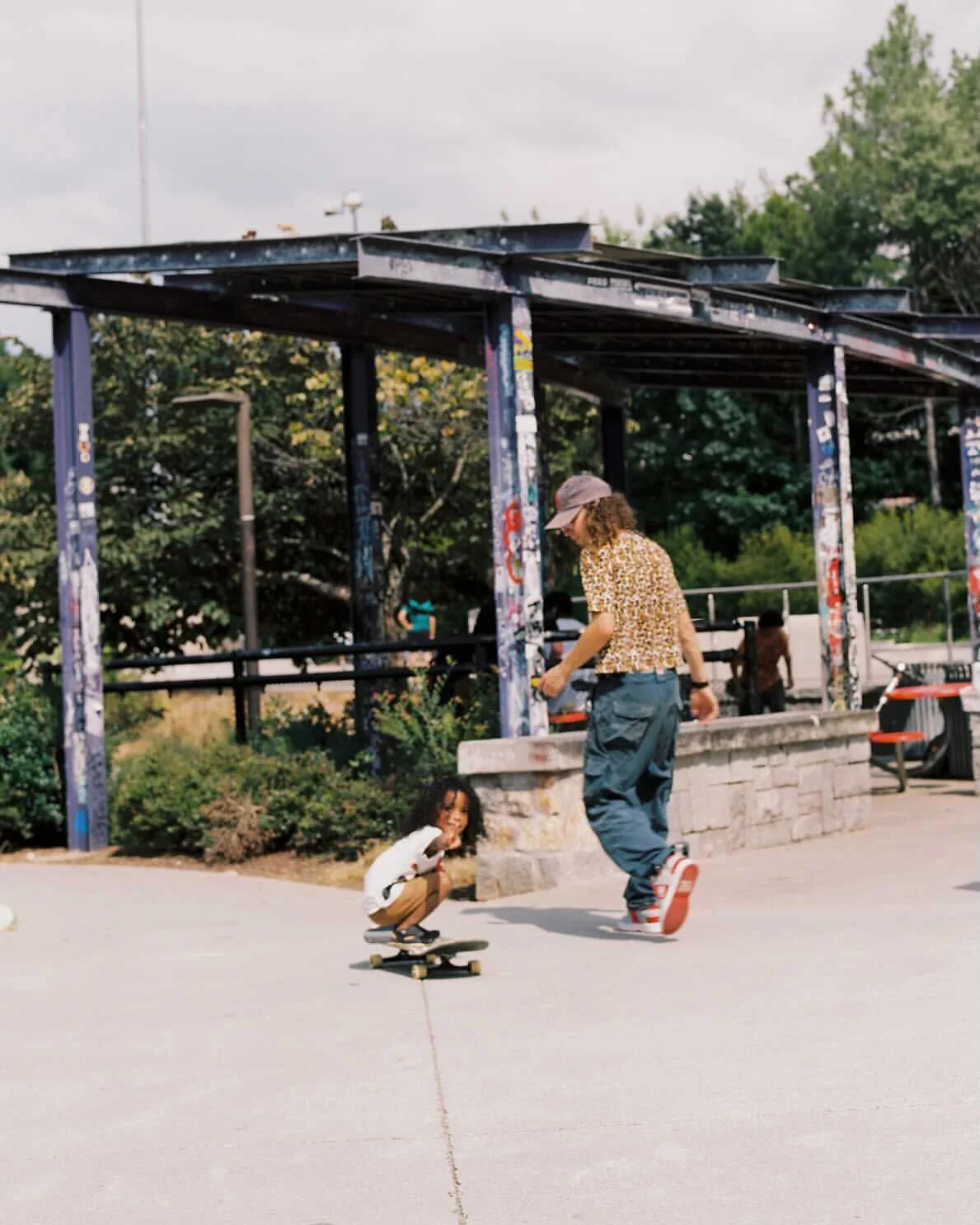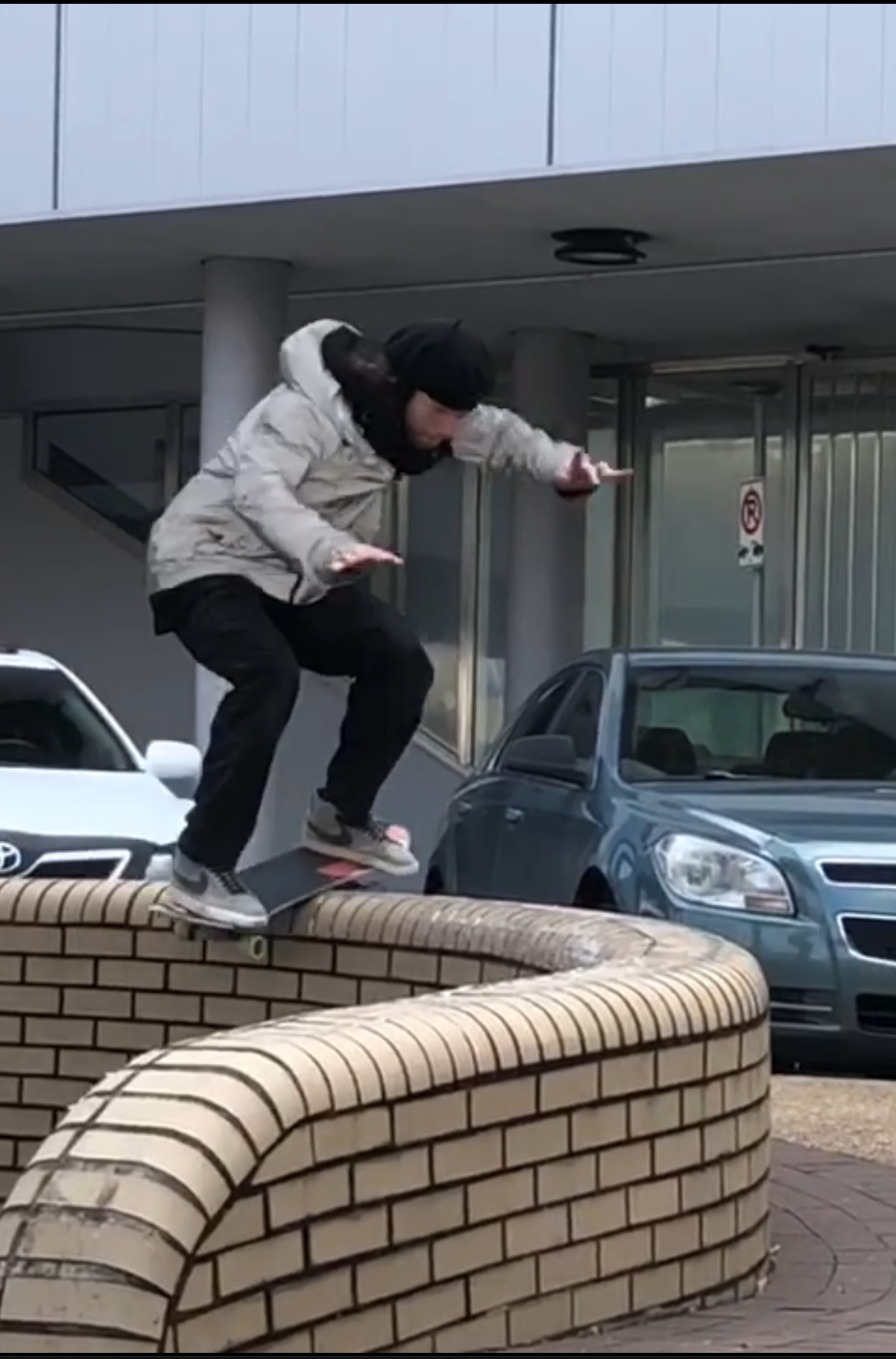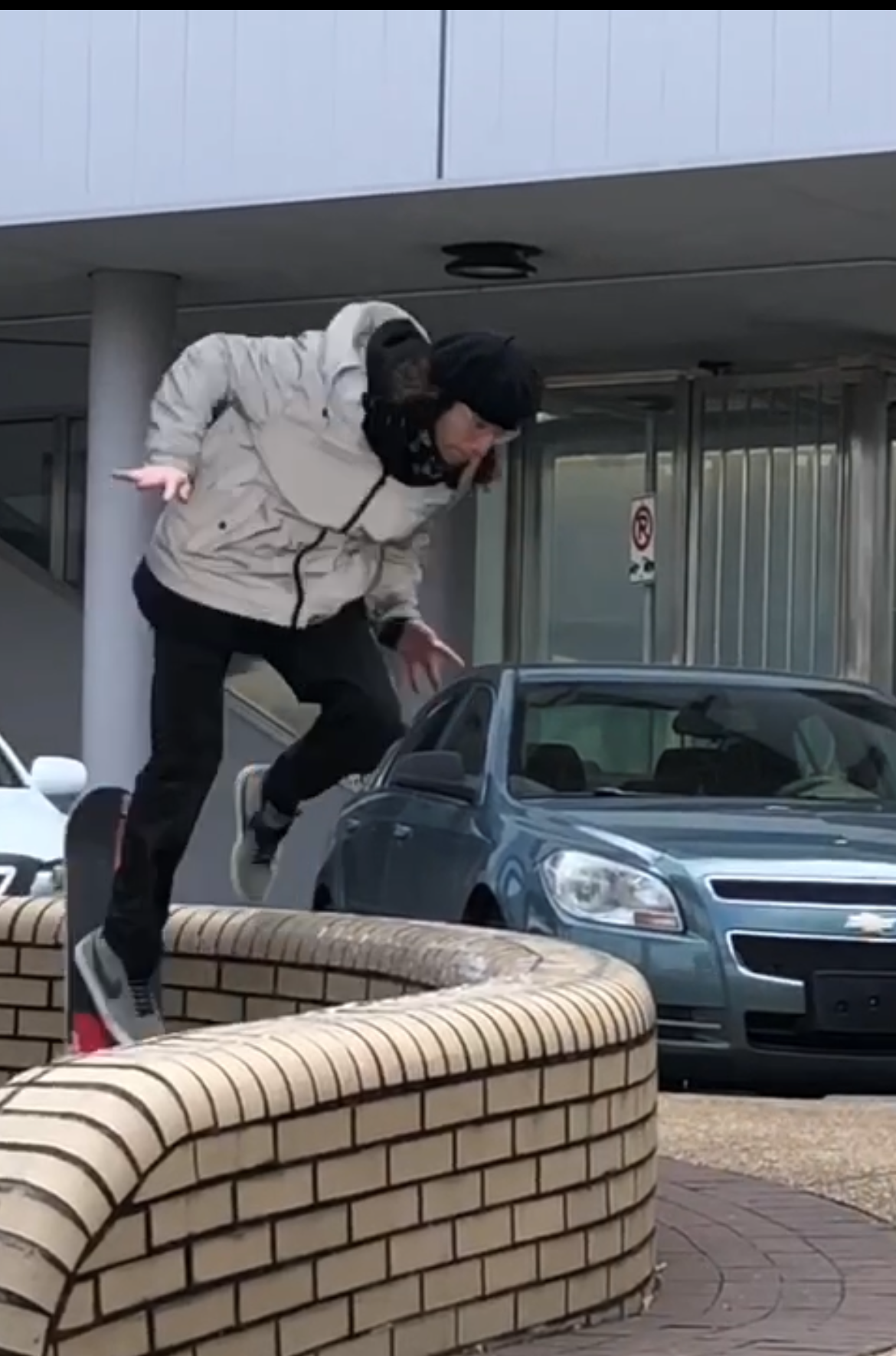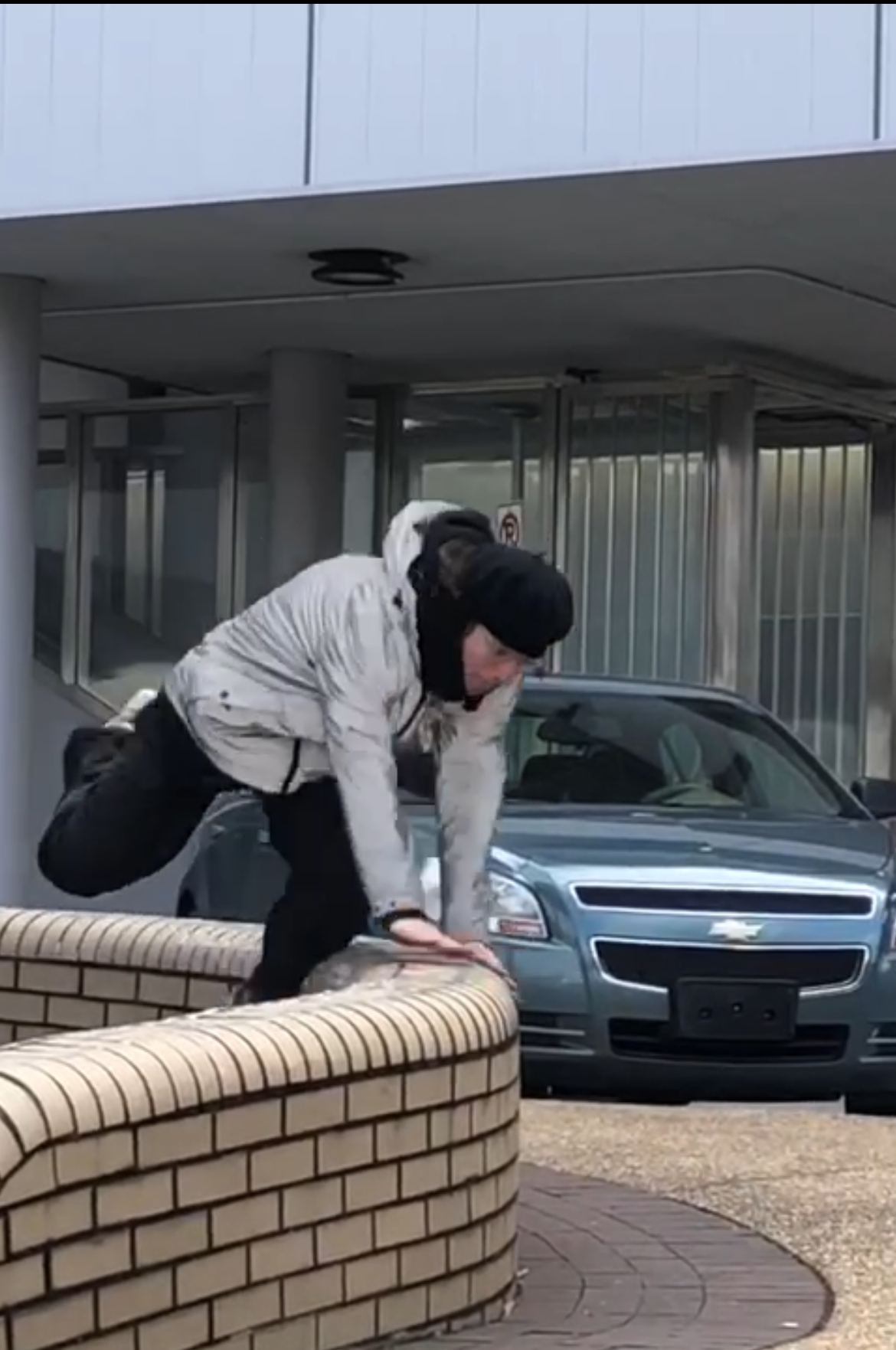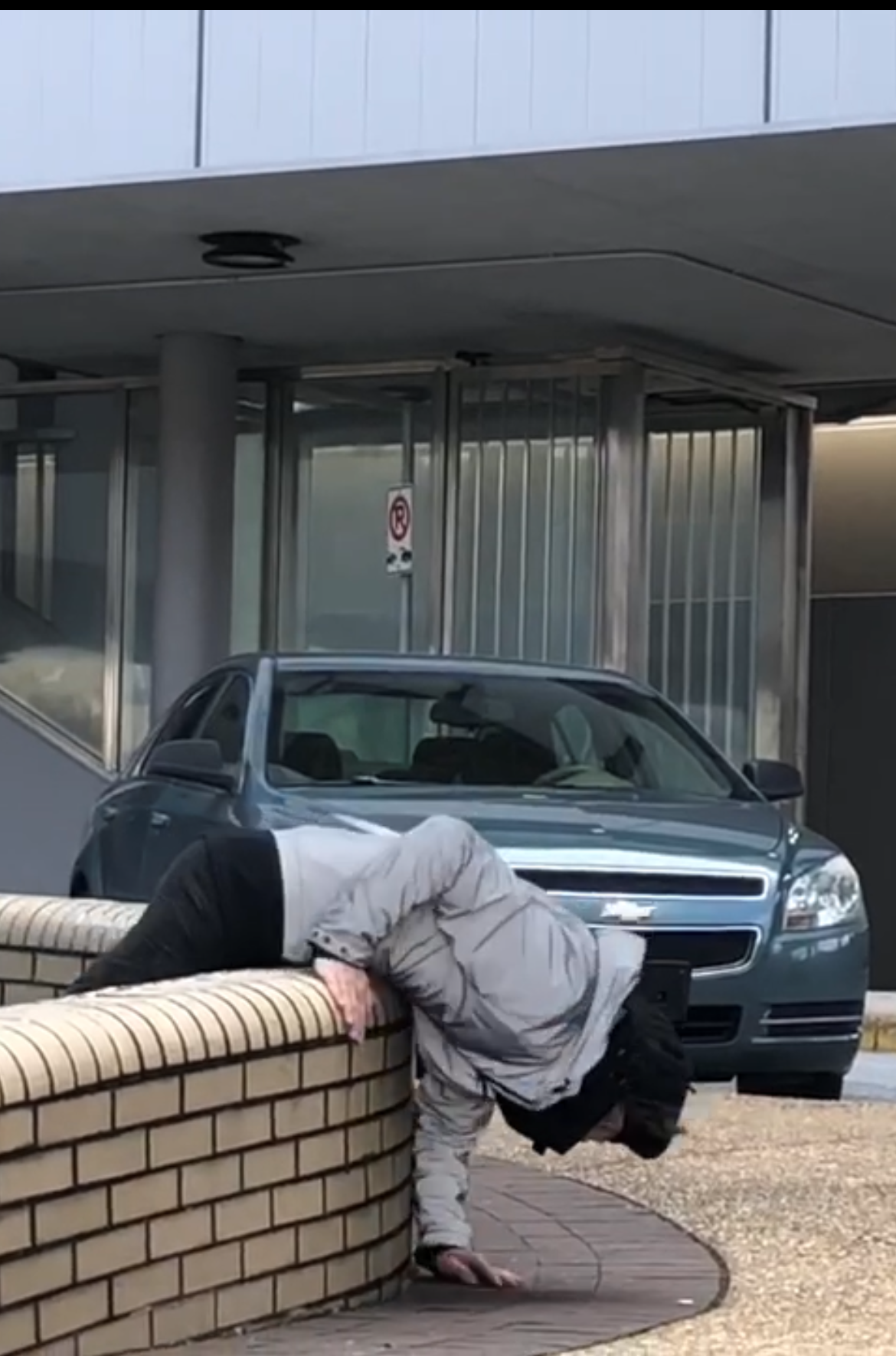Learning to fall
falling is my best trick
This is probably one of the most important lessons I have learned from skateboarding, and one I hope to carry with me into my later years of life.
Falling is a practice.
The more you do it, the better you get, and the more you can even prevent injury. Skateboarders fall, and the ones that do it the longest often master techniques of falling. I often tell people falling is my best trick. Here are some tips I’ve learned along the way.
First steps (or first bails)
I like to teach people the basics of falling by doing some bails on purpose. some even find it fun! In general it helps to be comfortable and confident while falling. Bruce Lee would say to be like water, and not to resist the fall but move with it. Here are some key things to keep in mind:
The higher up, the harder the fall
While this may seem self explanatory, I see people first get on their skateboard and stand straight up, and it scares the crap out of me. I don’t know why people feel safer this way, but it is instinct. So, start low, heck, start sitting on your board even to see how it fails. Bend your knees, put your hands on the ground. The ground is stable the ground is your friend. GET LOW.
photo and model by: Victoria Klover
Turn into a ball -
Once you feel comfortable standing on your board, falling is inevitable. One of the most common serious injuries from skateboarding is a broken arm or wrist. It usually occurs when somebody falls backwards or sideways with some momentum, and tries to ‘catch’ themselves with there arms. Avoid trying to ‘stop the fall’, specifically when falling backwards, and use the momentum of falling to steer yourself into safety.
Use your butt, elbows, hips, and shoulders to try and roll instead. It seems counter intuitive at first but with practice you can achieve beautiful results!
This is actually a martial arts practice as well, known as shoulder rolling!
Spotting your fall
The last tip I give people is to listen to your body and know where you will land. Pay attention to the textures and surfaces you roll on, look out for dangerous things on the ground, and use your momentum. If you are being mindful of your motion, you should know where you are going to end up, and use this to your advantage. This is part of the reason why skaters like to roll fast; you will always fall forward.
Getting back up
last but not least, is getting back up and back at it. Generally, unless the injury is severe, getting up will immediately help remedy the pain and discomfort, and keep your body moving. It is a practice of skateboarding that if you are able to, you should skate through the pain of scrapes bumps and bruises. The longer we dwell on injuries, the more we allow the fear of further injuries preventing us from knowing our bodies and it’s capabilities.
There is some science to back up that keeping your joints in motion will lessen the severity of some injuries, but use your experience and knowledge of your own body to develop your personal limits. I’ll cover this more in a future post dedicated to getting up and healing.

